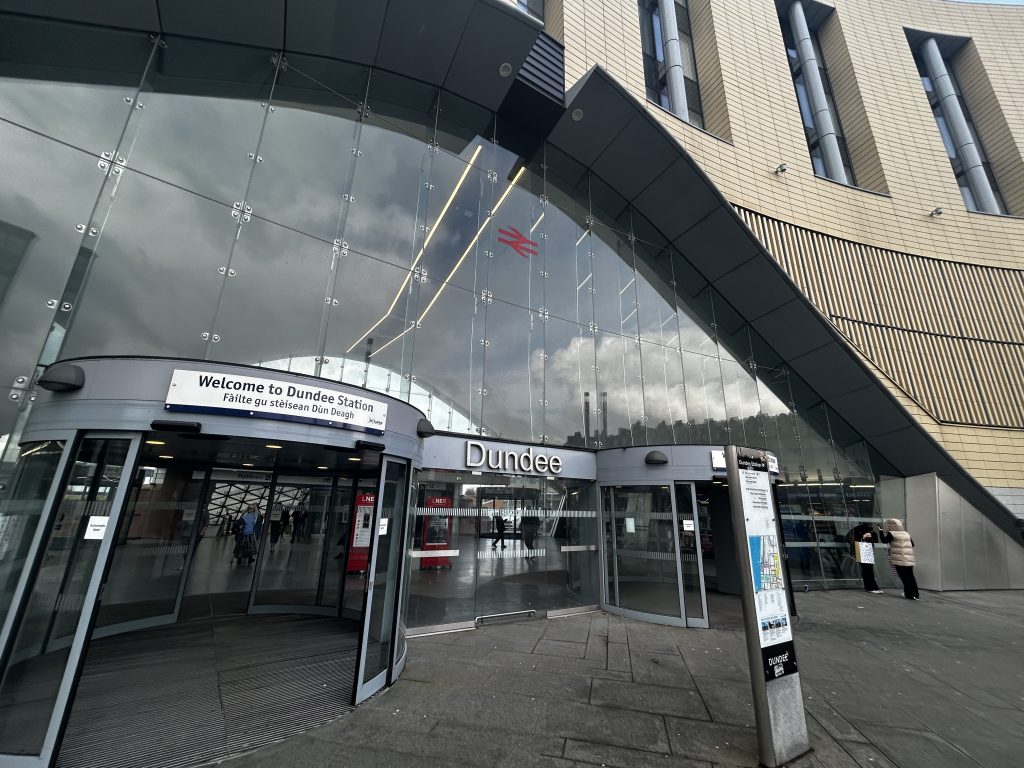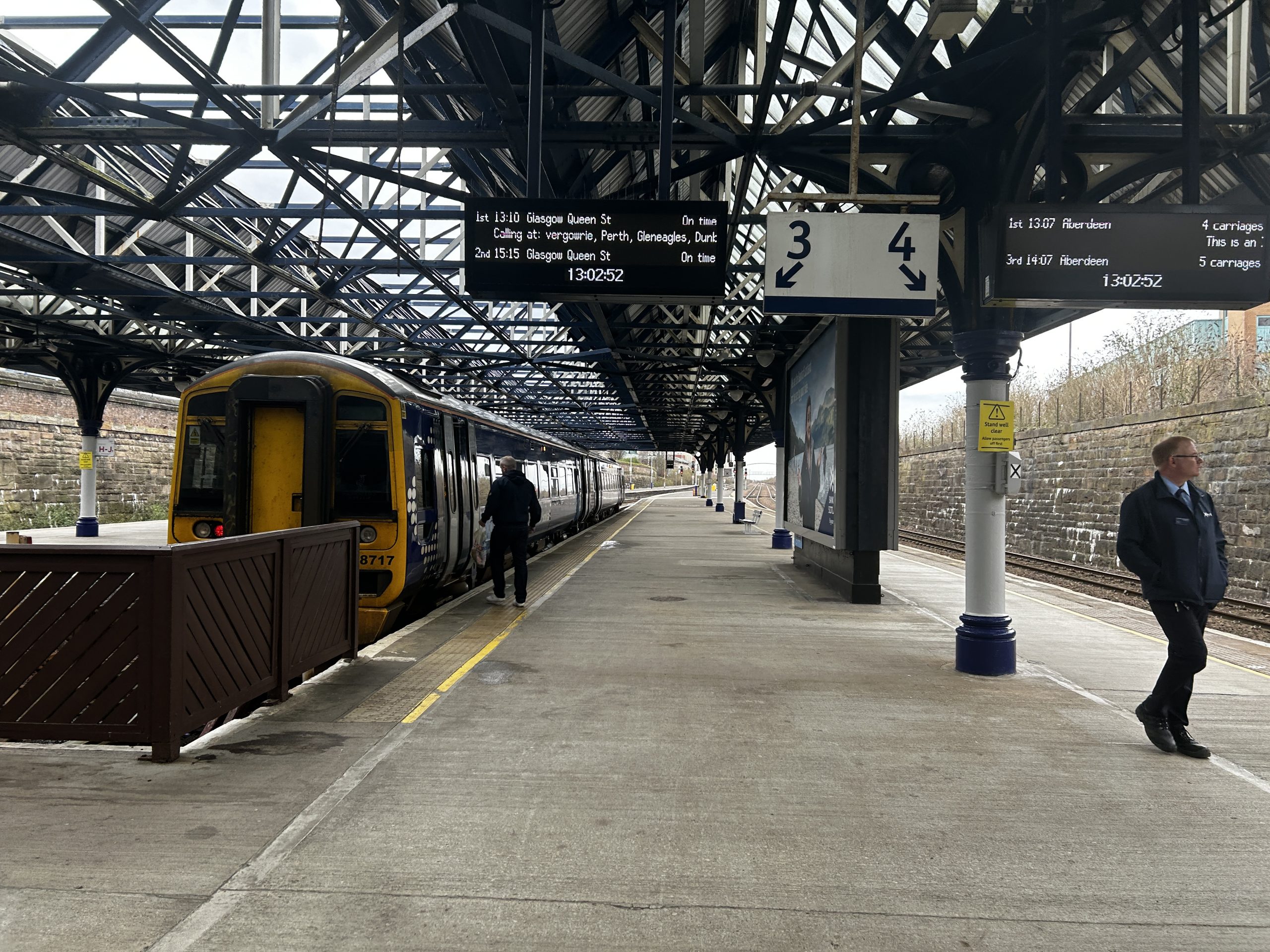Now we've had some time in Edinburgh in my first blog post of this series, it's time to venture further north. Not much further, but further enough to get a gauge of what rail is like outside of the capital city.
We started the day (after a lovely Premier Inn breakfast, can’t beat it), at Edinburgh Park platform 2, heading to Dunblane. Once again a lovely Class 385 turns up to take us there via Stirling, with very fast acceleration speeds, but the seats could do with some ‘comfying’ up as I mentioned in my last post.
We arrive into Dunblane, again, on time. Amazingly, all trains on the trip so far have been on time which I find incredible and kudos to ScotRail for the maximum delay on this entire trip being just two minutes off schedule.
After we popped to Tesco, we ended up in diesel land, which we did until we got to Scotland’s second city, Glasgow. This really is a shame and a major observation of mine – more electrification needs to happen in Scotland, as well as its sister devolved administration Wales (outside of the south of the country where there are major efforts to electrify as part of the South Wales Metro project).
Scotland may well be a prime candidate for electric trains once technology has developed in this field, especially on its rural routes north of Aberdeen and Inverness, and shorter hops out of Glasgow and Edinburgh. I also noticed a lot of the diesel trains we were on ran under the wires, and Scotland could perhaps be a prime candidate for bi-mode technology too. Just an idea.

Onto the rest of the trip. After we popped into Dundee for lunch and a look around, we boarded another (diesel) train service to Glasgow Queen Street but decided to mix it up a bit by splitting the journey at Stirling to get back onto what look like futuristic compared to Class 158, Class 385’s once again (the backbone of this trip really!)
So, Glasgow. That’s for the next post. I always knew this one would be a bit short, so I thought I could conclude with some general thoughts on rail and transport in Scotland more widely in this post.
- The performance of the rail network while we’ve been in Scotland has been brilliant. I’ve had no reliability issues whatsoever – no cancelled trains or delayed trains on ScotRail, LNER, or Avanti West Coast – at all.
- Scotland’s network almost feels separate to the rest of the UK. Aside from the obligatory red arrow icon, it has a completely different identity, with different announcements, logos, and what I’d say are some quite unique looking trains. I think Scotland should embrace this, and take the opportunity of GBR to distance themselves further from the red arrow and create their own brand altogether. It really did feel like LNER and Avanti West Coast were ‘international’ rail services from Scotland, in my view.
- One of the ways I think Scotland should go about building their own brand is splitting their own services, both internally organisation-wise and externally brand-wise into their own distinct categories and brands. They’ve started by introducing ScotRail Express and ScotRail Inter7City, but I don’t think this goes far enough. What about regional services, rural services, or commuter stopping services, for example?

They are my immediate thoughts, on a national basis. Glasgow is next! Thanks for reading.



